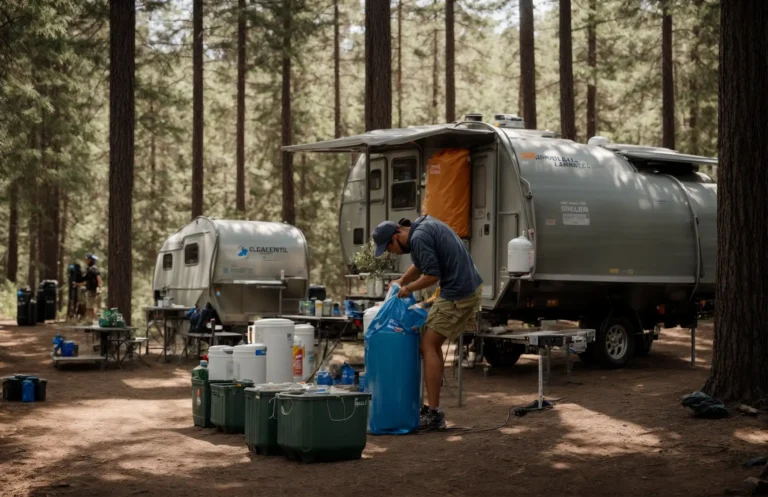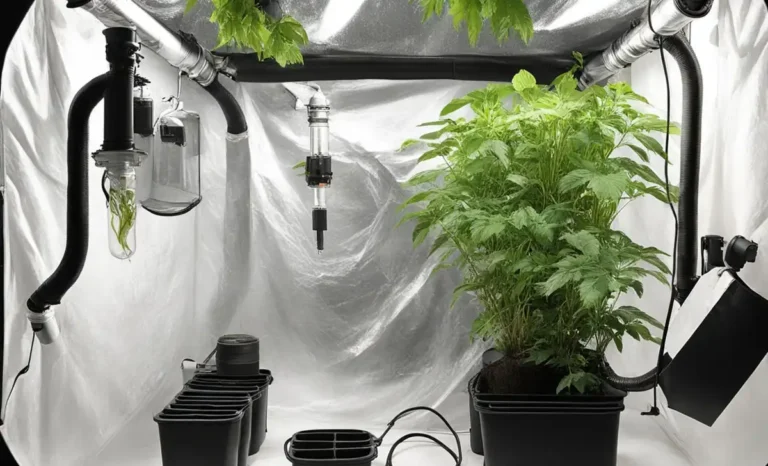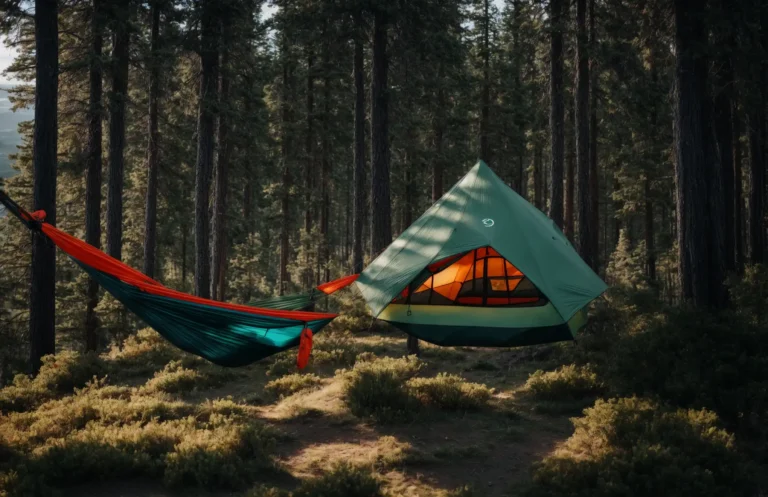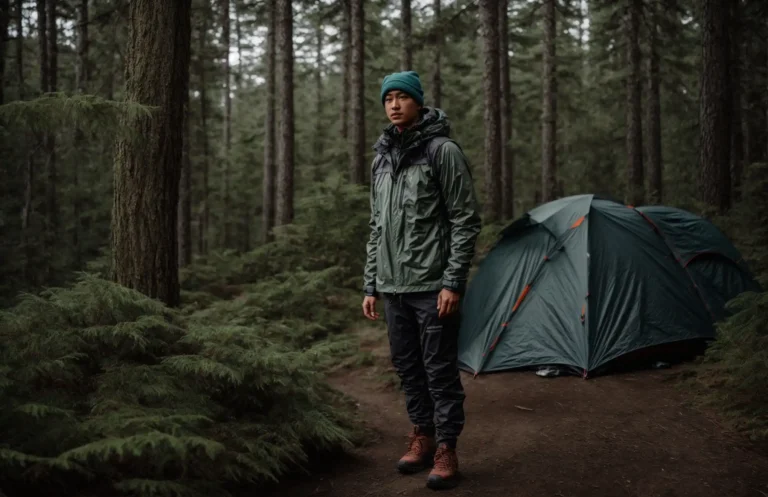To find camping sites, use online camping databases or apps like ReserveAmerica and Campendium. Check national or state park websites for site availability.
Camping offers a chance to reconnect with nature and take a break from the hustle of daily life. The ideal campsite can make or break your outdoor experience, but discovering the perfect spot doesn’t have to be daunting. Modern technology brings the great outdoors closer than ever with accessible websites and mobile applications.
These platforms often provide detailed information about amenities, location accessibility, and real-time availability. Whether you’re an experienced camper or embarking on your first adventure, a quick search can yield a range of options from rustic backcountry to full-service sites. Remember to plan and book early during peak seasons to secure your preferred location, ensuring a memorable and hassle-free camping experience.
Introduce To Camping
Embracing the great outdoors can reconnect us with nature and refresh our minds. Whether nestled in a quiet forest, perched by a mountain stream, or under the starlit desert sky, camping offers an escape from the hustle of daily life. With options ranging from backpacking to glamping, there’s a nature experience suited to every adventurer.
Benefits Of Camping
Camping isn’t just a pastime; it’s a means to numerous physical and mental health benefits. It enhances your vitamin D intake, promotes physical activity, and fosters better sleep patterns. Additionally, it serves as a digital detox, allowing you to unwind and nurture personal relationships away from the distractions of technology.
- Increase in vitamin D levels from sun exposure
- Encouragement of physical fitness through hiking and activities
- Improved sleep cycles by aligning with natural light
- Strengthened social connections with shared experiences
- Mental health boost from immersion in nature
Different Types Of Camping: Backpacking, Car Camping, and Glamping
Choosing your camping style influences your experience and the type of campsites to seek. Backpacking offers a pristine, immersive encounter with nature, characterized by remote locations and basic amenities. You carry all essentials on your back, making it a minimalist and adventurous choice.
| Type of Camping | Description | Who It’s For |
|---|---|---|
| Backpacking | Rugged and immersive, involving hiking and carrying gear. | The adventurous and physically active. |
| Car Camping | Accessible and convenient, near vehicle parking for comfort. | Families and those seeking comfort while outdoor. |
| Glamping | Luxury camping with amenities and comfort in natural settings. | Those looking for a unique outdoor experience without sacrificing comfort. |
Car camping balances outdoor adventure with convenience, bringing your vehicle into the camping equation. This style often means nearby facilities and easier access to supplies.
Finally, glamping — or glamorous camping — elevates the camping experience to luxurious heights. It combines the beauty of the outdoors with the amenities of upscale accommodations, featuring plush beds, fine linens, and even gourmet meals.
Planning Your Camping Adventure
Embarking on a camping adventure can rejuvenate your spirit, challenge your physical limits, and offer a welcome escape from the bustle of daily life. Yet, the success of your journey into the wild hinges on meticulous planning. Determining your preferred style of camping, packing essential items, and adhering to camping etiquette lay the groundwork for an enjoyable outdoor experience.
Determining Your Camping Style
Selecting a camping style that aligns with your expectations and experience level is crucial. Consider the landscape, amenities, and level of comfort you seek. Options range from backcountry wilderness camping, offering a rustic experience, to glamping, where luxury meets the outdoors.
- Backcountry Camping: Dive into seclusion and self-sufficiency away from developed campgrounds.
- Car Camping: Enjoy convenience with your vehicle nearby, ideal for families and newbie campers.
- Glamping: Experience the great outdoors without forgoing the comforts of home.
- Bicycle or Motorcycle Camping: Combine the thrill of a road trip with the joy of camping.
Essential Items To Bring
Proper gear ensures safety and enjoyment. Pack essential items tailored to the camping style and duration of your trip. An exhaustive checklist forestalls any last-minute rush and unforeseen complications.
| Category | Essential Items |
|---|---|
| Shelter | Tent, tarps, sleeping bags, hammocks |
| Cooking | Portable stove, cookware, utensils, food supplies |
| Health and Safety | First aid kit, map, compass, multi-tool, fire starter |
| Personal | Clothing, toiletries, insect repellent, sunscreen |
Understanding Camping Etiquette
Respect nature and fellow campers by observing basic principles. The Leave No Trace philosophy underscores the importance of minimal environmental impact. Prioritize cleanliness, noise control, and wildlife conservation.
- Maintain quiet during designated quiet hours, typically from 10 PM to 6 AM.
- Dispose of waste properly; pack out trash if there are no disposal facilities.
- Respect plant and animal life by keeping a safe distance and not feeding wildlife.
- Keep campsites clean and avoid altering the landscape.
Following these guidelines not only ensures a serene camping experience but also preserves the natural beauty for future adventurers.
Methods For Finding Camping Sites
Embarking on a camping adventure begins with finding the perfect spot to pitch a tent or park an RV. Discovering an ideal camping site sets the stage for a memorable escapade amidst nature’s beauty. Whether a seasoned camper or a novice explorer, using the right methods to uncover camping locations is crucial for planning a successful outdoor excursion. Let’s delve into various strategies for spotting those hidden gems where you can connect with the wilderness.
Using Online Resources and Apps
The digital era offers an abundance of online tools and applications designed to streamline the search for camping sites:
- Visit official national or state park websites for comprehensive information on camping areas, including available facilities and reservation processes.
- Utilize specialized camping apps that provide user reviews, real-time availability, and GPS coordinates for campsites.
- Explore interactive maps from outdoor recreation platforms that highlight campgrounds alongside trails, water sources, and points of interest.
- Consult online forums and social media groups where campers share their experiences and secret spots.
- Check out websites that aggregate private land camping opportunities, offering unique experiences away from crowded sites.
Reading Camping Guidebooks and Maps
A more traditional approach involves immersing oneself in printed guidebooks and maps that cater to camping enthusiasts:
- Inquire at local outdoor retailers for regional guidebooks with detailed descriptions of campsites and their amenities.
- Study topographical maps to identify potential campgrounds and understand the terrain.
- Reference atlases and recreation guides that categorize campsites by type, such as family-friendly, remote, or RV-compatible.
- Glean valuable insights from ranger stations or visitor centers, where staff can point out ideal camping locations.
Getting Recommendations From Other Campers
Nothing beats the first-hand knowledge that comes from fellow outdoor aficionados:
| Method | Benefits |
|---|---|
| Word of Mouth | Personal anecdotes and trusted advice from friends or family. |
| Camping Forums & Groups | A diverse range of opinions and up-to-date information from a community of campers. |
| Meetup Events | Networking with experienced campers who can share insights and favorite spots. |
| Camping Events & Workshops | Learn from pros and gather exclusive tips on finding great camping locations. |
Combine the wisdom of seasoned campers with your research to discover camping sites that best suit your needs. Whether you prefer a secluded retreat or a family-friendly enclave, the right camping spot is out there waiting to be found.
Evaluating Potential Camping Sites
Embarking on a camping adventure requires careful planning, with the selection of a camping site being paramount. Not all campsites are created equal; evaluating potential camping sites is essential to ensure a safe, enjoyable, and memorable outdoor experience. Evaluating the location, accessibility, amenities, and adherence to rules and regulations can drastically affect the quality of your camping trip. Let’s delve into the key aspects to consider when scouting for your perfect camping spot.
Assessing Location and Accessibility
Finding the ideal spot for your tent or RV begins with assessing the location and its accessibility. This decision will influence your access to scenic views, hiking trails, and the overall tranquility of your trip. Ask yourself:
- Is the site within a reasonable distance from home?
- How close is it to water sources or attractions?
- Are the roads leading to the campsite well-maintained?
Remember, a site’s accessibility is just as crucial as its location, especially if you have a larger vehicle or if you’re camping with family members who may not appreciate a rough, off-road journey.
Checking For Amenities and Facilities
While some campers seek a back-to-nature experience, others prefer a few home comforts. Checking for amenities and facilities available on-site can help tailor your camping experience to your preferences. Key amenities to consider include:
| Amenity | Description |
|---|---|
| Restrooms | Are there flush toilets or pit latrines? |
| Water Access | Is there potable water available for drinking and cooking? |
| Electrical Hookups | If you’re in an RV, will you have access to power? |
| Fire Pits/Grills | Are there designated areas for cooking and evening campfires? |
Knowing the onsite amenities helps manage expectations and ensures you pack appropriately.
Reviewing Rules and Regulations
Each camping site operates under a set of rules and regulations designed to protect the environment and ensure the safety and enjoyment of all campers. Reviewing these rules and regulations before your trip is vital. Consider:
- Pet policies: Are pets allowed, and if so, are there specific areas where they can roam freely?
- Fire restrictions: What are the guidelines regarding campfires and barbecues, especially during dry seasons?
- Wildlife precautions: Are there food storage requirements to prevent unwanted animal visitors?
- Quiet hours: Respect for fellow campers is crucial, so when are quiet hours enforced?
Understanding these regulations will prevent any unwelcome surprises and ensure a harmonious camping experience for everyone involved.
Booking and Preparing For Your Trip
Welcome to the exciting phase of your camping journey: securing your spot and gearing up for an adventure! With a little know-how, booking your ideal campsite and preparing for your trip can be a breeze. Whether you’re craving a serene forest retreat or a rugged mountain escapade, understanding the reservation process and being prepared for varied conditions are key to a successful excursion. Let’s dive in to ensure your camping experience is both enjoyable and safe.
Understanding Reservation Systems
Finding the perfect camping site starts with mastering reservation systems. Campgrounds often utilize online portals where you can filter options by location, amenities, and availability. To begin:
- Visit the reservation system’s website, such as Recreation.gov for federal campsites or individual state park websites.
- Set up an account if necessary—having one makes the booking process swift and allows for easy management of your reservations.
- Search for campsites by entering your planned dates and preferences. Early booking is advisable, especially during peak season.
- Review the site details including maximum occupancy, fire regulations, and nearby points of interest.
- Finalize your reservation by entering payment details. Be sure to print out confirmation documents or have them accessible on your mobile device.
Preparing For Weather and Wilderness Conditions
Packing appropriately for your trip is vital. Weather can be unpredictable, and wilderness conditions vary greatly. To ensure comfort and safety:
- Check the weather forecast for your destination ahead of time and pack layered clothing to accommodate temperature swings.
- Bring weather-appropriate gear such as rain jackets, sturdy boots, and extra waterproof protection for your equipment.
- Include a comprehensive first-aid kit and know how to use each item inside.
- Study the terrain and trails of the campground to select the right camping gear such as heavy-duty tents for windy conditions or lightweight ones for hikes.
Safety Tips and Wildlife Precautions
Respecting wildlife and practicing safety protocols are crucial aspects of a fulfilling camping experience. Consider these guidelines:
- Be aware of the local wildlife—research what creatures you might encounter and how to safely interact or avoid them.
- Secure all food items in animal-proof containers to prevent attracting wildlife to your campsite.
- Carry bear spray if you’re in bear country and know how to use it effectively.
- Stay on designated trails and use a map or GPS to avoid getting lost.
- Share your itinerary with someone not on the trip and discuss check-in times for safety.
- Rely on the buddy system, never venturing out alone, especially in remote areas.
Learn more: How to Keep a Camping Toilet from Smelling
Conclusion
Embarking on a camping adventure just got easier. Finding the perfect spot doesn’t have to be daunting. Remember to research, check reviews, and consider what amenities are important for you. With these tips, you’re set for a memorable outdoor experience.
Now go forth and immerse yourself in nature’s tranquility. Keep the adventure going – join us at Outdoor Awaits for insightful camping guides and more in our Learning section!






